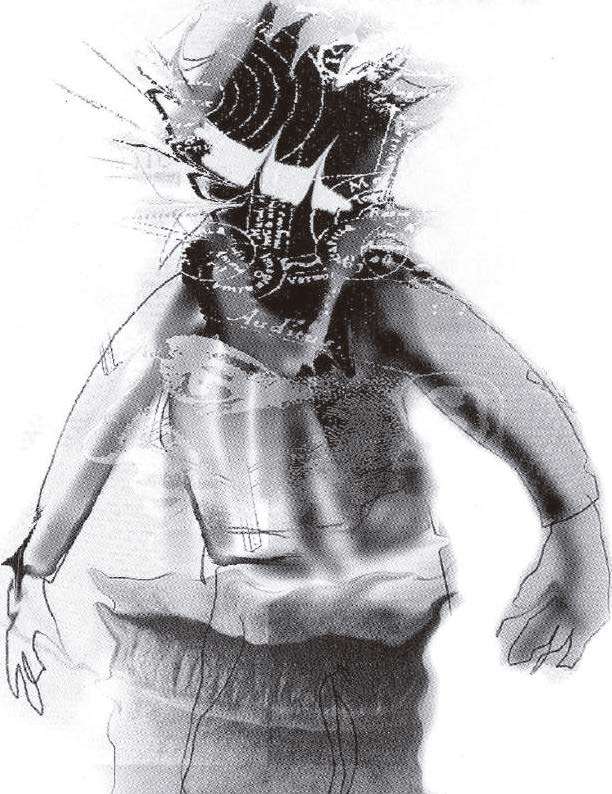A Genealogy of qualitative methodologies for the study of the perception of urban space: mental plans, participatory observation, experimental analysis, sketches and showcases
DOI:
https://doi.org/10.24275/XCGN2499Keywords:
genealogy, methodologies, perception of urban spaceAbstract
The boom in qualitative methodologies for the analysis of the social is older than it seems. Although conceptually it is possible to locate it right at the irruption of French post-structuralism (1960), the truth is that since time immemorial there has been a great tradition of philosophers and researchers who dabbled in what some German historians called the Geisteswissenschaften (or " sciences of the spirit"), and in which the ancient Aristotle is recognized as a founding patriarch. However, by dethroning (or "de-centering") some classic themes of the social sciences and relocating or defining them by their more peripheral or invisible, more accidental or heterodox elements, the French post-structuralists opened the way for new forms of approach. and study of the social. Among them, the construction of the discourse of the look whose testimonial and documentary methodologies gave "voice" or meaning to the looks of others, that of non-specialists, that of anonymous subjects who, although, are users, spectators or consumers. of a certain environment. All of the above seems commonplace today. But with regard to the study of "urban issues", the irruption of these research methodologies was also favored and contextualized by other traditions. Ethnographic analyzes of social anthropology (Oscar Lewis style) and specific studies by certain experimental psychologists are good examples of this convergence. And, of course, empirical studies of the urban image through the use of mental planes. The participation of these antecedents in the analyzes of the built environment (the architectural space) were definitive, for example, for the development of new deconstructivist theories of the place, in which the place revolves around its "user-subjects" who, in Soon, they have "recovered" their voice, their gaze, their memory and even their life. All this is now the object of study: if it is by voice: then it is called "in-depth interviews", "specific testimonies", "oral tradition" or "oral memory"; if it is by looking, then it is called "photo-words", "photo-interviews", "documentary", "visual testimonies", "semiotics of the social image", "analysis of the place", etc.; if it is by memory, then it is named "collective memory", "social imaginary", "identity", etc.; and if it is for life, then "life stories", "life stories", "social autobiography", "everyday life", etc. In this article, three methodological approaches to the analysis of social space (city, neighborhood, neighborhood, street, house) that emphasize the direct testimonies of "others", in their looks and behaviors, will be reviewed briefly and from representative texts. to inquire about how spaces are socially perceived, how they are valued and/or resignified, and how to assess the impacts they cause on the routines, daily life, and activities of their inhabitants (direct users). It is worth mentioning that the three approaches cover fields of analysis ranging from urban planning (physical look), to the psychology of the place (individual, group or collective behaviors) and to the hermeneutics of space (ethnography of the perception of the territory). The intention is to provide a genealogy of qualitative methodologies where the center of study is not so much the place or space, as the impacts and evaluations that these have or produce in their users. We review from the documentary "tradition" initiated in the empirical works of the North American planner Kevin Lynch, continued or enriched by some social psychologists whose main concern was not so much the analysis of the perception of the urban environment as the physical and emotional impacts it has on its inhabitants. or users, until ending with a probable postmodern ramification that decenters the analysis of perception in aspects of language and the collective gaze.
Downloads
Published
How to Cite
Issue
Section
License
Copyright (c) 2018 ANUARIO DE ESPACIOS URBANOS, HISTORIA, CULTURA Y DISEÑO

This work is licensed under a Creative Commons Attribution-NonCommercial-ShareAlike 4.0 International License.









